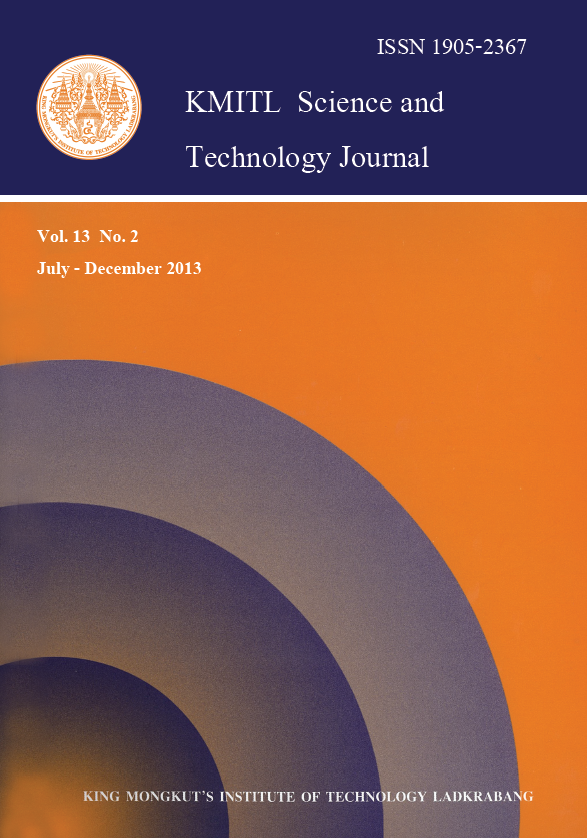The objective of this study was to investigate physiological responses in Thai rice (Oryza sativa L. subsp. indica) varieties. Two Thai rice varieties (Homjan and Pathumthani 1), three NaCl concentrations (0, 171, 342 mM) and three salt exposure times (2, 4, 8 days) were designed in a 2×3×3 Factorial in Completely Randomized Design (CRD) with 4 replications. This study showed that the root and leaf osmotic potential in HJ and PT1 seedlings were severely reduced when NaCl concentration and salt exposure time were increased. The photosynthetic pigment concentrations and chlorophyll a fluorescence parameters were significantly decreased with increasing the salt stress treatment and salt exposure time. Moreover, these results exhibited that the decrease in photosynthetic pigment concentrations and chlorophyll a fluorescence parameters in PT1 salt-stressed seedlings were higher than that in HJ salt-stressed seedlings. The reduction of photosynthetic pigment concentrations and chlorophyll a fluorescence parameters in both HJ and PT1 salt-stressed seedlings resulted in the growth reduction. These results demonstrated that the differences of physiological responses in rice may be further used in identifying salt tolerance ability in Thai rice.
Keywords: Salt stress, osmotic potential, photosynthesis, pigments, rice
Email: siringam@yahoo.com
Siringam*, K. ., Juntawong, N. ., Roytrakul, S. ., Cha-um, S. ., & Kirdmanee, C. . (2018). Salt Stress Treatment and Salt Exposure time Altered Physiological Characteristics in Thai Rice (Oryza sativa L. subsp. indica). CURRENT APPLIED SCIENCE AND TECHNOLOGY, 94-104.

https://cast.kmitl.ac.th/articles/135574